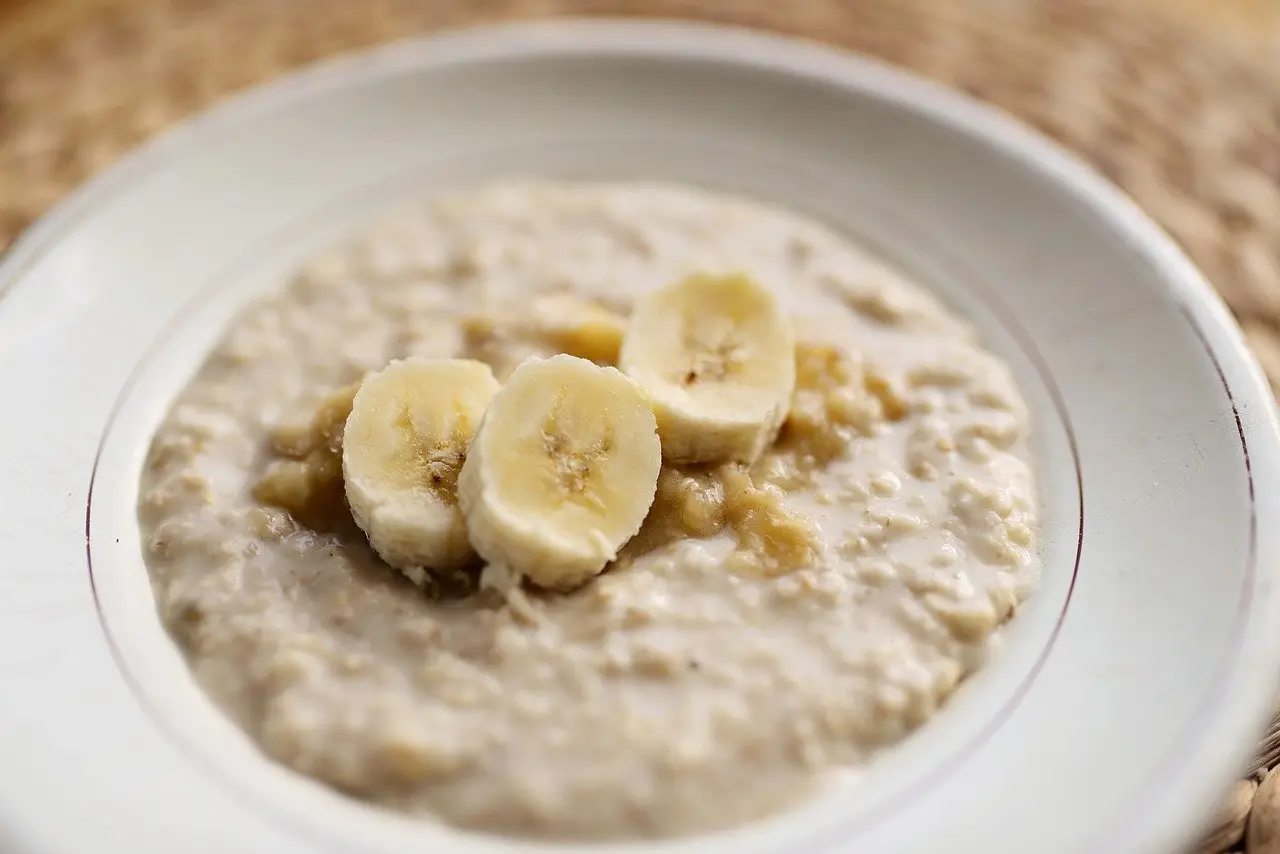Breast milk is often regarded as the gold standard for infant nutrition, due to its unique composition that is specifically tailored to meet the needs of growing babies.
It contains a perfect balance of essential nutrients including proteins, fats, carbohydrates, vitamins, and minerals, each playing a critical role in a child’s growth and development. The primary proteins found in breast milk, such as whey and casein, are easily digestible and support healthy muscle development, while also providing essential amino acids crucial for brain development.
Fats present in breast milk are vital for energy and support the development of healthy brain tissue. These fats, such as omega-3 and omega-6 fatty acids, contribute to cognitive development and overall health. Additionally, carbohydrates in breast milk, particularly lactose, are important for providing energy and promoting the growth of beneficial gut bacteria, which enhances digestion and supports the immune system.
Vitamins and minerals found in breast milk, including vitamin A, vitamin D, calcium, and iron, are also essential for physical growth, bone development, and immune function. Vitamin A is especially important for eye health, while vitamin D aids in calcium absorption and strengthens bone structure. The composition of breast milk not only meets nutritional needs but also adapts over time based on the baby’s changing requirements, ensuring optimal growth and health.
Furthermore, breast milk plays a crucial role in establishing a strong immune system. The presence of antibodies and other immune-boosting compounds helps protect infants from infections and chronic diseases, further emphasizing the importance of breast milk in a baby’s diet. Understanding the nutritional value of breast milk can empower parents to make knowledgeable decisions regarding suitable food alternatives when transitioning away from breastfeeding.
When and Why to Replace Breast Milk

As parents navigate the crucial stages of their infants’ development, there may come a time when they must consider replacing breast milk with alternatives such as formula or solid foods. Various factors can necessitate this transition, including maternal health issues, work commitments, or feeding difficulties. Understanding these reasons can help alleviate parental anxiety regarding nutritional choices during this period.
Maternal health problems can arise due to chronic conditions, medications, or surgical procedures that may affect a mother’s ability to produce sufficient milk. In such cases, it is essential to consult with a healthcare provider to determine suitable alternatives. Additionally, parents often face work commitments that necessitate feeding methods that do not solely rely on breast milk. This shift can be a significant adjustment, but flexibility in feeding options can ensure that the infant continues to receive adequate nutrition.
Another aspect to consider is the developmental readiness of the baby. Guidelines from health organizations suggest that most infants can begin transitioning to solid foods around six months of age. Signs indicating readiness include good head and neck control, the ability to sit up unsupported, and showing interest in food. Observing these signs can help parents identify the right time to introduce new textures and flavors to their baby’s diet.
Moreover, babies may face challenges that make exclusive breastfeeding difficult. Conditions such as tongue tie or allergies can prompt parents to seek alternatives. In these scenarios, discussing options like hypoallergenic formulas can be beneficial. It is important that parents are informed about the nutrient content of these alternatives to ensure that their infants remain healthy and nourished during this transition. The ultimate goal is to support the baby’s growth and well-being while maintaining a positive feeding experience.
Top Nutritional Alternatives to Breast Milk
For parents seeking nutritional alternatives to breast milk, a variety of suitable options exist that can help meet their infant’s dietary needs. Infant formulas represent one of the most commonly recommended substitutes, designed to closely mimic the nutritional profile of breast milk. They are fortified with essential vitamins and minerals, ensuring that babies who are formula-fed receive a balanced mix of nutrients. When selecting an infant formula, parents should choose one that contains appropriate levels of protein, carbohydrates, and fats specific to their child’s age and developmental stage.
For older infants, whole fat cow’s milk can serve as a viable alternative, often recommended starting at twelve months. This option provides a rich source of calcium and vitamin D, vital for bone development. However, it is crucial to avoid introducing cow’s milk too early, as infants may have difficulty digesting it before their first birthday. When transitioning to cow’s milk, parents should ensure that it complements a well-rounded diet that includes a variety of nutrients.
As infants grow and progress towards solid foods, pureed fruits and vegetables become essential in diversifying their diet. Common first foods can include bananas, avocados, carrots, and sweet potatoes, each offering unique vitamins and minerals. Additionally, single-grain cereals fortified with iron can be introduced around six months. These cereals are often mixed with breast milk or formula to create a familiar taste and texture for infants adjusting to solid foods.
It is essential to ensure a gradual transition to these alternatives, as the introduction of solid foods should align with individual developmental milestones. By doing so, parents can provide a balanced and nutritious diet tailored to their infant’s needs, while also considering the overall health benefits that breast milk provides during early stages of development.
Ensuring a Smooth Transition to Alternative Foods

Transitioning from breast milk to alternative foods is a significant milestone in a child’s development. It is essential for parents to adopt a gradual approach when introducing new foods to ensure a comfortable adjustment for their little ones. Starting with single-ingredient purees, such as vegetables or fruits, can help identify any potential sensitivities while encouraging acceptance of different flavors and textures. This allows the child’s palate to expand while minimizing the risk of allergies.
During this transition, it is crucial to be vigilant for any allergic reactions or intolerances. Symptoms may include rashes, digestive issues, or unusual behaviors following the introduction of a new food. Keeping a food diary can be a helpful tool for monitoring these responses and can assist in working with healthcare professionals to address any concerns. Consulting with a pediatrician or a registered dietitian can provide tailored guidance based on the child’s specific nutritional needs.
Maintaining a balanced diet is another key aspect to consider during this transition. A diverse array of foods should be introduced gradually, ensuring that the child receives adequate nutrients from various food groups, including fruits, vegetables, grains, and proteins. Parents should focus on incorporating iron-rich foods, as the iron from breast milk is usually lower in alternative sources. Similarly, ensuring proper hydration is vital, as hydration plays a crucial role in overall health and digestion.
While exploring alternative foods, patience and consistency are essential. Creating a positive mealtime environment can encourage acceptance and reduce stress associated with new experiences. In conclusion, supporting children through this transition by following these strategies will help pave the way for healthy eating habits and foster a lifetime of positive food associations.


